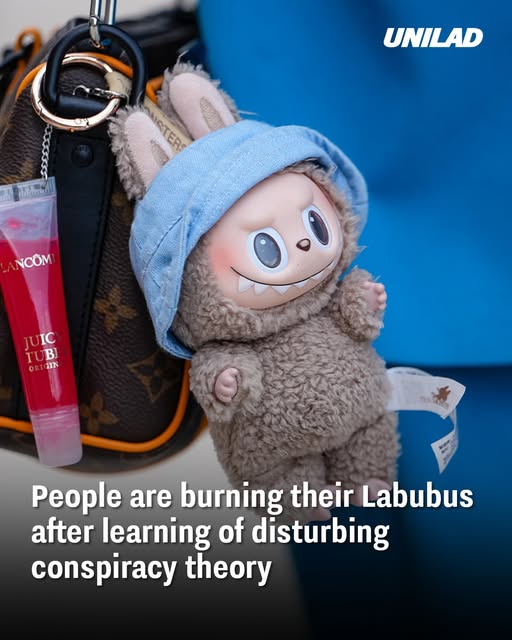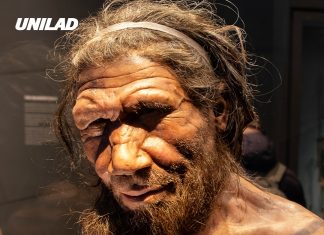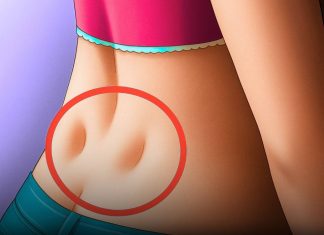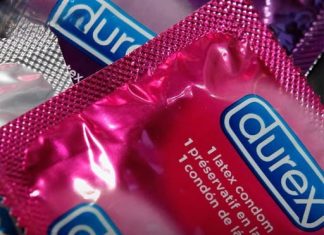What began as a quirky, collectible toy craze has taken a dark turn. Labubu a small, devilish-looking creature created by the Hong Kong-based art toy brand has gone from a beloved figure among collectors to the center of online conspiracy theories.
From Cute Collectible to Internet Controversy
Labubu, a mischievous creature from the “The Monsters” series by artist Kasing Lung, was originally popular for its wide grin, pointed teeth, and whimsical, fantasy-inspired design. Sold as blind box toys, Labubu figures became a hit among toy collectors and pop art fans, especially across Asia and parts of Europe. However, as Labubu’s popularity grew, so did the internet’s imagination. On TikTok, users began suggesting that the toy possessed sinister qualities, pointing to its eerie appearance and exaggerated features. Some even claimed to have experienced nightmares, strange sounds, or feelings of unease after bringing a Labubu into their home.
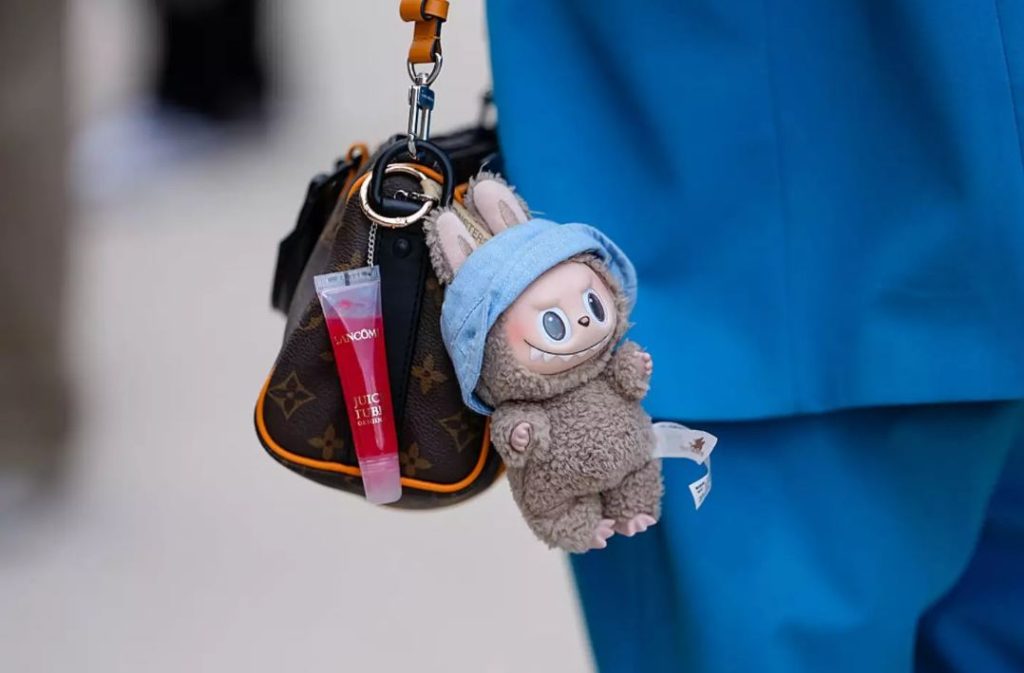
The Rise of the Demon Theory
The conspiracy theory quickly took off, with some TikTok users linking Labubu to demonic symbolism. Influencers began making videos arguing that Labubu’s horns, sharp teeth, and strange smile were signs of occult influence. A few posts even accused Pop Mart of intentionally promoting dark energies through the toy, though no evidence supports such claims. Some viral videos went as far as to encourage viewers to get rid of their Labubu toys, suggesting they were spiritually dangerous. In one widely shared clip, a user sets fire to their Labubu figure, claiming it brought negative energy into their household. These dramatic gestures have drawn millions of views and ignited heated debate.
Experts Dismiss the Claims
Psychologists and cultural analysts have responded to the growing fear, suggesting that the Labubu panic reflects broader social anxieties rather than any genuine supernatural concern. Dr. Louise Greene, a psychologist specializing in media influence, explained that during times of stress or uncertainty, people often project fears onto symbols — even toys.
“This is a classic case of mass suggestion,” she said. “Labubu’s unusual design triggers discomfort in some, and social media amplifies that into widespread paranoia.”
Art toy communities have also defended the figure, emphasizing that Labubu is part of a whimsical narrative and has no connection to occult practices. Pop Mart has not officially responded to the conspiracy theories but continues to promote the toy as a collectible item.
The Role of Social Media Hysteria
The Labubu controversy is the latest example of how misinformation and fear can rapidly spiral online. Platforms like TikTok, where short-form videos spread quickly and emotionally charged content thrives, can turn a niche product into the center of a moral panic overnight. Experts urge viewers to remain skeptical of viral claims, especially when they’re based on speculation and not fact. What may seem like harmless fun — or harmless fear — can fuel unnecessary stigma and even lead to harmful behavior.
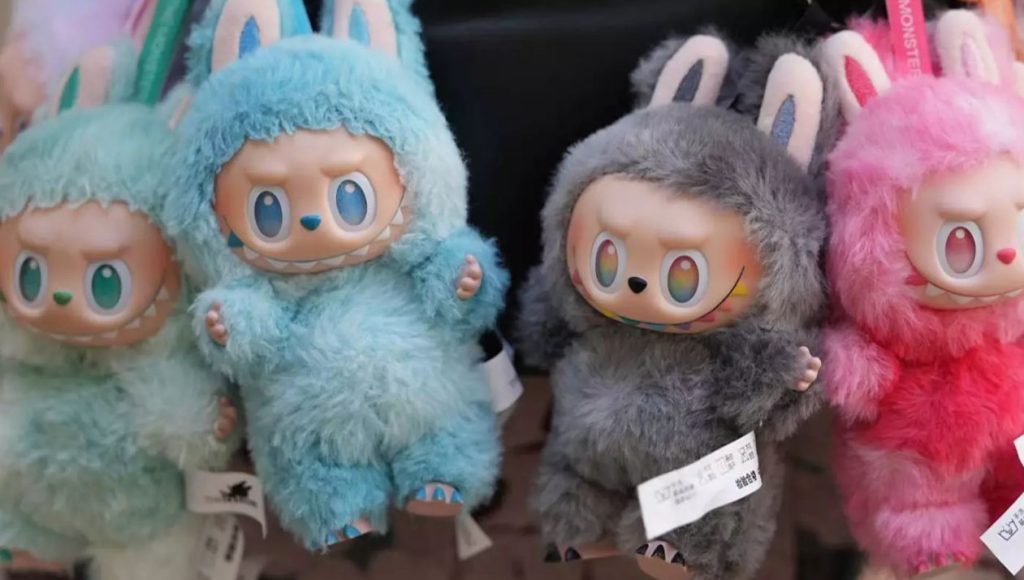
Conclusion: Fiction, Fear, or Folklore in the Making?
Labubu’s journey from artistic toy to alleged demon shows how easily internet narratives can distort reality. While the toy remains beloved among collectors, it now also occupies a strange space in digital folklore. Whether you see it as creepy or cute, one thing is clear — in the age of social media, even a toy can become the center of a global conspiracy theory.

